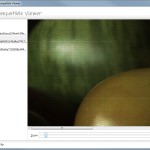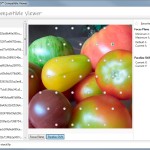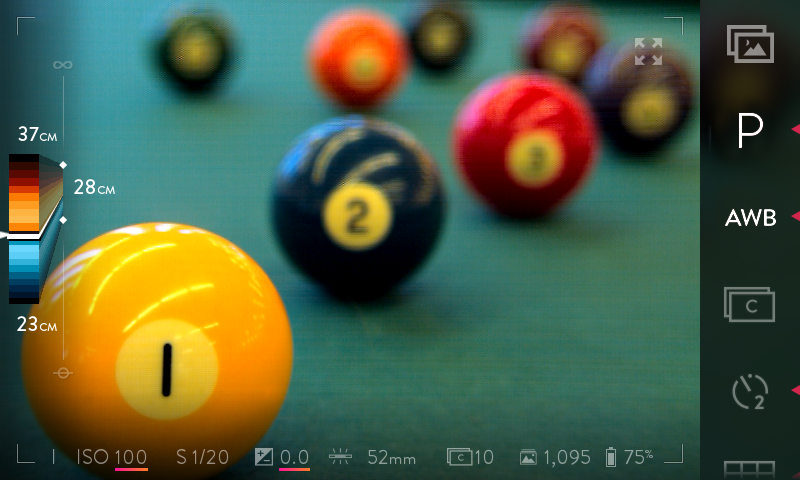Lytro Meltdown: LFP File Viewer, Windows Shell Integration and more
 Are you still looking for an easy way to explore those Lytro LFP-files outside of Lytro Desktop? Jan Kučera from Charles University Prague has taken a closer look at the Lytro camera, and published his findings on a small website titled LYTRO meltdown.
Are you still looking for an easy way to explore those Lytro LFP-files outside of Lytro Desktop? Jan Kučera from Charles University Prague has taken a closer look at the Lytro camera, and published his findings on a small website titled LYTRO meltdown.
Tech-minded fans will find some very detailled information on the camera hardware and structure of basic files associated with the camera and software. For example, did you ever wonder what the “backup” really does, when you connect your camera to the computer for the first time?
The homemade software library (LightFieldLibrary.dll) available at the website works with Lytro’s light field files, and allows programmers to integrate Lytro compatibility into their own software.
There’s also something waiting for the less tech-savvy Lytro fans: Jan’s very own Lytro Compatible Viewer, which enables you to easily open raw and processed lfp files:
 Lytro Compatible Viewer 3.0.0.0 (1.1 MiB, 3,867 hits)
Lytro Compatible Viewer 3.0.0.0 (1.1 MiB, 3,867 hits)
Basic LFP viewer, which can open Raw and processed LFP-files, display metadata, and offers click/slide software refocus and perspective-shift of LFP stacks. Requires .NET Framework 4.5 or higher.
 Light Compatible Library.dll 2.1.0.0 (147.0 KiB, 2,738 hits)
Light Compatible Library.dll 2.1.0.0 (147.0 KiB, 2,738 hits)
Public library for working with Lytro LFP-files.
With RAW lfp-files, the Viewer enables you to view the embedded metadata (which includes some peculiar pieces of information such as the lens and chip temperature, etc.). You can also view and export the RAW sensor picture (right click and choose “Demosaic” to convert the RAW sensor inforamtion to a colour version).
Working with processed lfp-files (LFP-stacks), the software further allows you to view the depth map, and interact with your light field picture: click “Focus Plane” to use software refocus (either by clicking to refocus or by moving the slider), or “Parallax Shift” to shift through the pre-computed perspectives. You can also export any prerendered frames.
One more, very interesting feature is hidden behind the “Tools” icon in the window’s top right. Enable “Shell integration” (Windows administrator permissions required), and you’ll get an easy and fast way to find the right file in Windows Explorer: after a system reboot, the viewer will automatically create thumbnail images of your lfp-files for Windows Explorer.
Lytro Compatible Viewer requires the free .NET Framework 4.5 or higher. Currently, the software cannot render the light field on its own – files processed with Lytro Desktop are required to use these features.
If you don’t have your own Lytro camera yet, or just want to test the Viewer right away, here are two LFP files for you to download and play with:
 Tomatos (processed stack-lfp file) (5.2 MiB, 2,153 hits)
Tomatos (processed stack-lfp file) (5.2 MiB, 2,153 hits)
 Tomatos (Raw lfp file) (15.4 MiB, 6,311 hits)
Tomatos (Raw lfp file) (15.4 MiB, 6,311 hits)














2 Responses